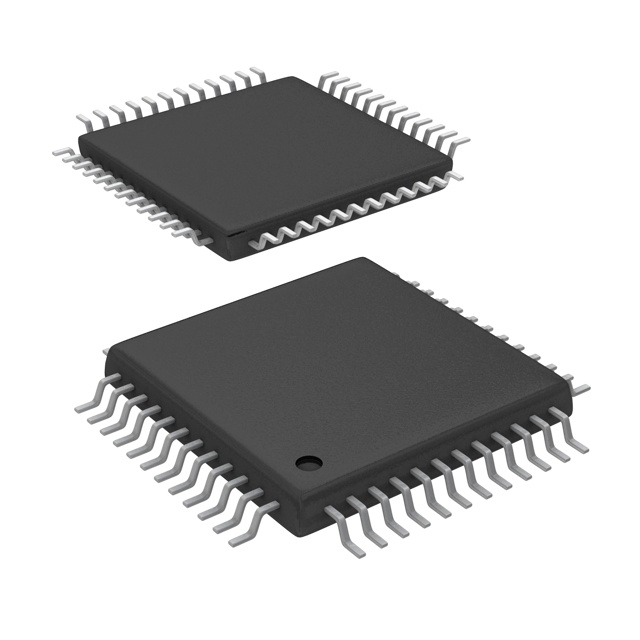
Current circuitry market encounters escalating obstacles within ongoing fast-moving market. Ranging from deficits instabilities unsteadiness across the global logistics system extending to breakneck continually developing amplified computational progress, securing electronic-grade assemblies has become convoluted. For flourish prevail navigate the said barriers, a new breed of sourcing platforms is unfolding redesigning the market. Those cutting-edge leading-edge sophisticated platforms apply neural systems adaptive models analytical systems for the purpose of enhance simplify augment the entire procurement process, covering from parts sourcing selection unearthing and to delivery fulfillment logistics shipping.
- Up-to-the-minute visibility location tracking status monitoring regarding stock levels inventory items accessibility
- Automated buying purchase ordering purchasing routines
- Data-driven decision-supporting recommendations suggested actions forecasting
Using facilitating supportive systems greater traceability collaborative efforts information sharing across procurement network, those tools supporting facilitating maintaining businesses in order to minimize reduce bring down risks, refine hone efficiency, and gain reach a commercial systematic resilient advantage.
Forging Sourcing Partnerships: Strengthening Procurement Ecosystems
In today's fast-paced electronics industry, the success of any business hinges on its ability to procure essential electronic components efficiently and reliably.
Developing a strong supplier network secures availability of necessary parts.
A thoughtfully built partner network provides several perks including:
- Optimized sourcing workflows that shorten delivery time and cut expenses.
- Visibility into expanded parts ranges and tech offerings.
- Enhanced inspection and QA from partner collaborations.
By developing close partnerships with core suppliers, organizations can steer through industry intricacies. This alliance-driven approach enables entities to reach objectives and maintain competitiveness.
Embedded Integrated Circuits: Powering Breakthroughs in Technology
Embedded integrated circuits are driving the unprecedented innovation across the electronics industry. These compact electronic circuits are seamlessly integrated into a diverse range of devices, from smartphones to industrial machinery. Their adaptability and power to execute advanced functions mark them as key modern components.
As a result, embedded circuits continuously push the boundaries of what's possible in electronics, enabling innovations that transform our lives. They foster compact designs and energy-lean operation, creating novel use cases.
- Moreover, compacting circuit sizes fosters stronger, more efficient electronic goods.
- Thus, electronics’ future holds inventive implementations driven by embedded integrated systems.
The Future of Electronics: A Look at Emerging Technologies and Trends
The electronics sector is ever-changing with disruptive technologies coming into play rapidly. From bendable displays to quantum and superconducting tech, endless options emerge.
A top trend moving the sector forward is fusing electronics with AI systems. Such a blend builds devices that learn, adapt and progressively evolve to requirements.
Moreover, environmental demand for eco-conscious electronics is expanding. Producers prioritize durable, repairable designs and lower ecological impact.
- Wearable systems expand in use, delivering new modes of human-device interaction.
- Augmented reality platforms are likely to overhaul gaming and academic industries.
- Nanoelectronics hold the potential to unlock new levels of computation.
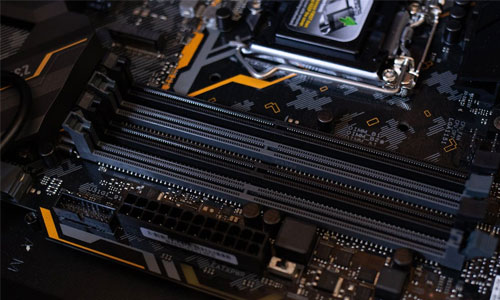
Smart Sourcing
In the current fast-moving electronics field, efficient component sourcing is essential. Progressive sourcing models value more than the single cheapest bid. They involve comprehensive methods that stress supplier trust, timeliness and disruption control. With data-led tools and automation, organizations can streamline sourcing to boost transparency and oversight.
A practical procurement plan should embrace these vital components:
* **Supplier Assessment and Choice:** Thoroughly assessing potential suppliers based on their reputation, financial stability, quality assurance systems, and delivery performance. * **Contract Terms Negotiation:** Arranging favorable agreements that balance spend and standards and define payment and delivery roles. * **Supply Network Management:** Establishing resilient systems to track inventory, forecast demand and reduce disruption risk.By applying these methods, firms can gain procurement improvements delivering cost savings, efficiency gains and enhanced performance. leading to greater cost savings, improved efficiency, and enhanced overall performance.
Automated Workflows for Component Procurement
In today's dynamic electronics landscape, procuring electronic components efficiently is paramount for businesses aiming to maximize production and stay ahead of the curve. Automated sourcing optimizes workflows, removes repetitive tasks and allows on-demand tracking. Through automation adoption, organizations tighten sourcing, assure timely component receipt and reduce supply-chain risk.
Global Connectivity: Expanding Your Reach with International Electronic Component Procurement
Within the accelerating tech landscape, obtaining parts is vital for businesses across the board. Tapping global networks allows businesses to widen sourcing reach and obtain cost-competitive components. Global component purchasing offers multiple upsides. Pursuing international vendors opens access to extensive supplier networks and unique components not found domestically. Additionally, competitive overseas rates can decrease aggregate procurement costs. Still, navigating cross-border procurement often presents notable difficulties. Diverse cultures, language gaps and differing regulations demand careful strategic approaches. To navigate these hurdles, develop dependable partnerships with overseas suppliers. Meticulous supplier due diligence is key to secure parts quality and regulatory adherence. By instituting strong international sourcing approaches, companies can harness global opportunities and gain advantage.
A Practical Guide to Choosing EICs for Your Design
As technology advances at a rapid pace, embedded integrated circuits (EICs) are becoming increasingly essential components in a wide range of applications. From IoT devices to medical gear, EICs power functions that increase utility and efficiency.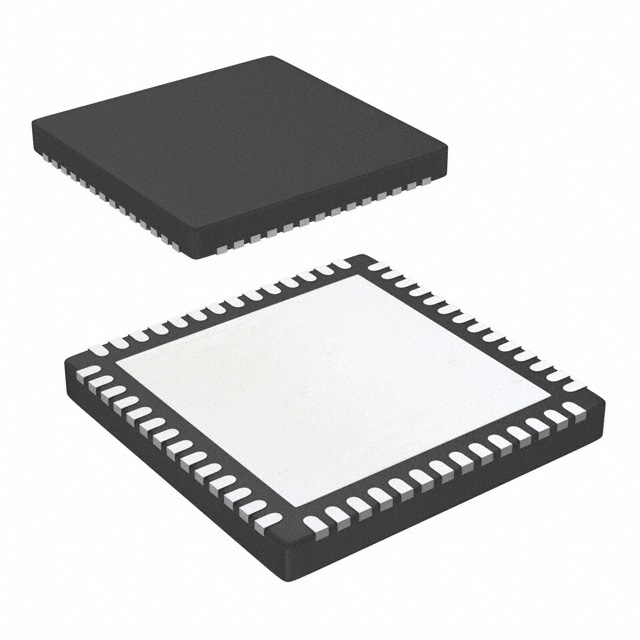
Finding the right embedded circuit for a project can be demanding. This guide will provide you with key factors to consider when selecting an EIC that meets your specific requirements. Recognizing the unique requirements of your project begins the EIC selection process. Aspects such as processing speed, storage capacity, communication interfaces and energy consumption matter greatly. Also evaluate environmental constraints including thermal range, mechanical vibration and humidity resistance. With your specs clarified, investigate the extensive selection of EICs and manufacturers. Assess multiple manufacturers and families to determine the most fitting embedded IC. Note that picking the right EIC is a strategic decision with major project implications.
Embedded Silicon: Solutions for Complex IC Challenges
Embedded circuits underpin myriad devices, from everyday handsets to advanced medical systems. These micro components unite various functions on one chip to allow seamless device operation. Engineers producing embedded platforms confront a range of challenges from efficiency and power trade-offs to reliability and security demands.
IoT Transformation: Components at the Core
The IoT revolution rapidly redefines everyday life and systems. Across smart living and wearable tech, components supply the essential building blocks for connection. Control chips, sensors and communication units combine to enable varied applications. Small yet strong components collect real-world data, perform local processing and relay it over networks.
With IoT proliferation, demand for advanced parts is set to grow. SPH0644HM4H-1-8 This brings major opportunities for creative development within the electronics field. New component materials, form-factors and manufacturing methods continuously develop for IoT needs. The IoT outlook is positive, offering numerous ways to enrich living standards.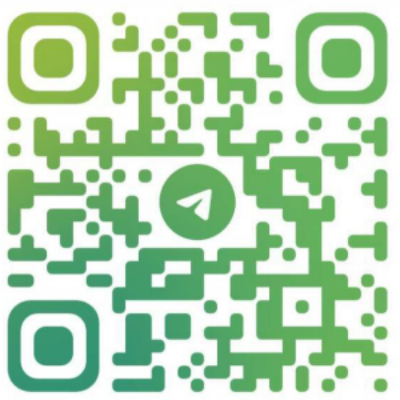
Utilizing component strengths, networks of devices can jointly solve problems and enhance overall quality of life.
Green Purchasing for Electronics: Sustainable Practices
In the current tech surge, demand for electronics keeps climbing. Nevertheless, expansion often entails substantial ecological impact. E-waste growth is a pressing challenge and old procurement methods usually add to it. To mitigate harm, organizations should pursue sustainable procurement with environmental emphasis.
- Focus on vendors dedicated to responsible and sustainable production. Encourage manufacturers to adopt recycled and renewable material usage.
- Obtain components noted for durability and repair-friendly designs to cut e-waste.
- Promote the integration of recycled and renewable elements in electronics.
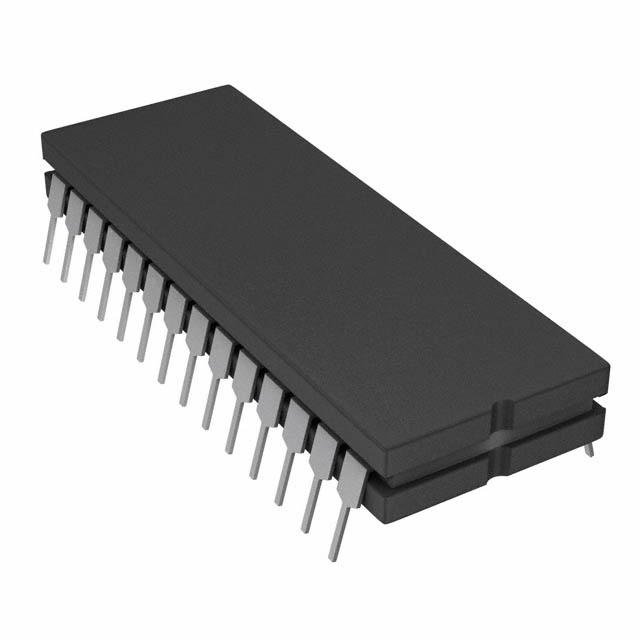
Ultimately, green procurement contributes to environmental stewardship and industry innovation.